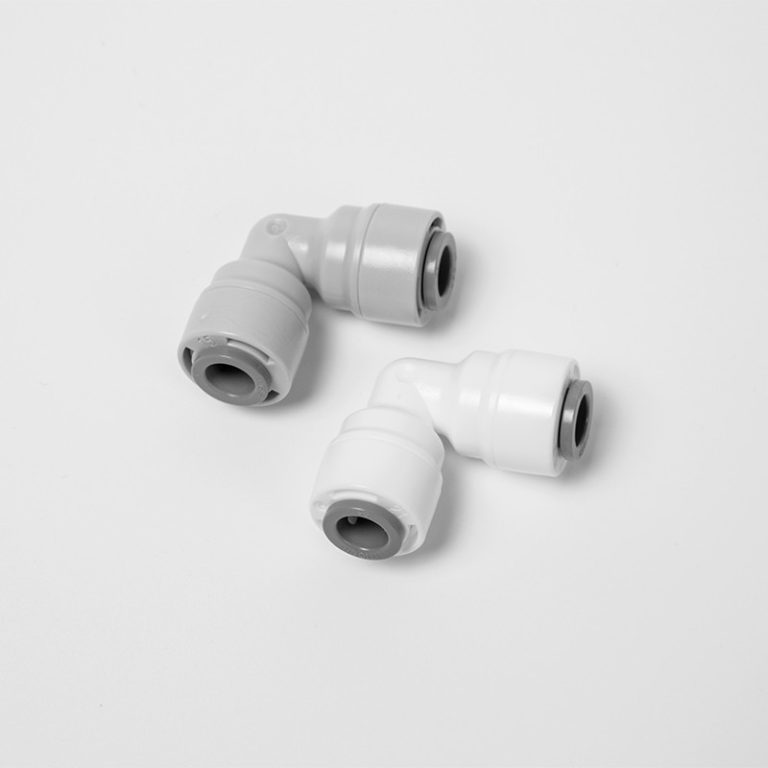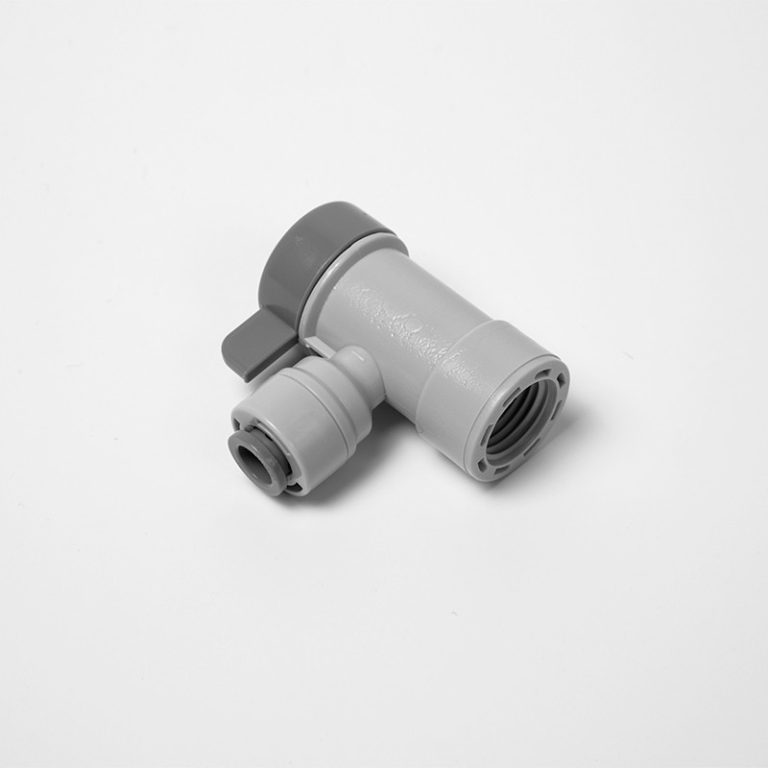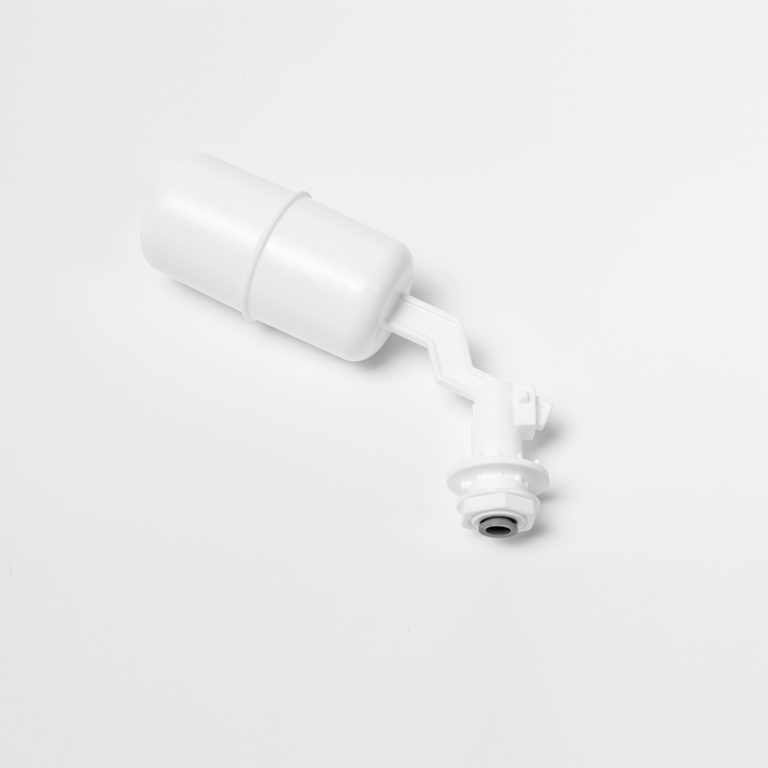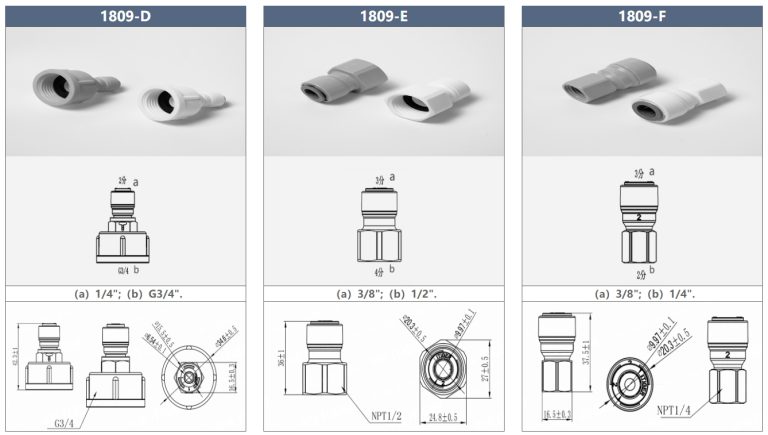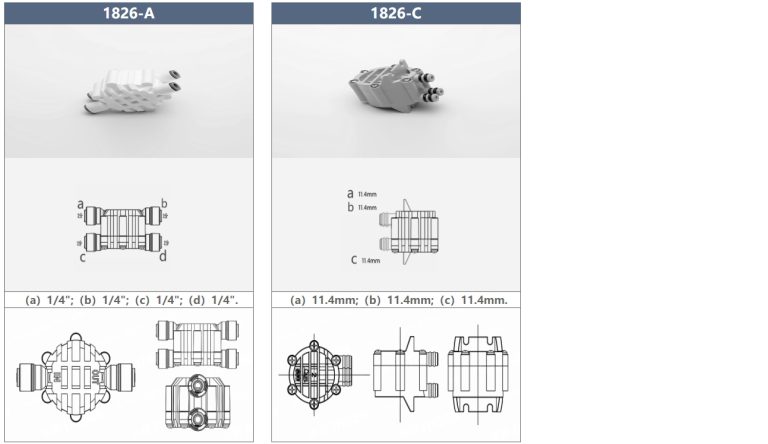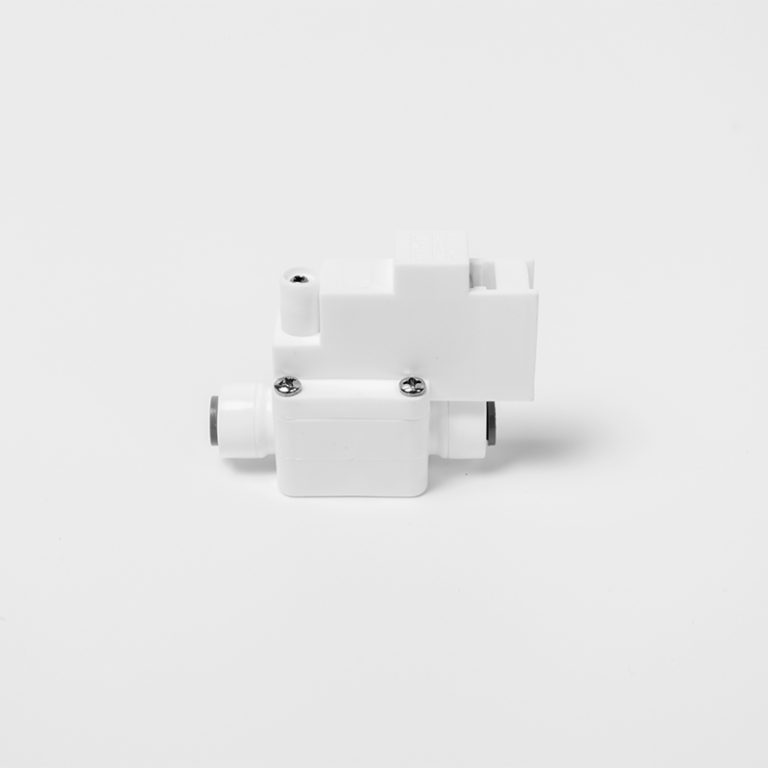Table of Contents
Pros and Cons of Using plastic push fit fittings on Copper Pipe
Plastic push fit fittings have become increasingly popular in the plumbing industry due to their ease of use and quick installation process. These fittings are designed to connect pipes without the need for soldering or specialized tools, making them a convenient option for DIY enthusiasts and professional plumbers alike. However, when it comes to using plastic push fit fittings on copper pipe, there are both pros and cons to consider.
One of the main advantages of using plastic push fit fittings on copper pipe is their versatility. These fittings can be used on a variety of pipe materials, including copper, PEX, and CPVC, making them a versatile option for a wide range of plumbing projects. This flexibility can save time and money, as it eliminates the need to purchase different types of fittings for different pipe materials.
| Brand | Chimay Itiger |
| Certification | NSF |
| Material | POM |
| Color | Grey/White |
Another benefit of plastic push fit fittings is their ease of installation. These fittings can be installed quickly and easily, without the need for any special tools or equipment. This can be especially helpful for DIY enthusiasts who may not have experience with soldering or other traditional plumbing techniques. Additionally, the push fit design allows for easy disassembly and reassembly, making it simple to make adjustments or repairs as needed.
In addition to their ease of use, plastic push fit fittings are also resistant to corrosion and scale buildup. This can help to prolong the life of the fittings and prevent leaks or other issues that can arise from corrosion. This can be especially beneficial when using copper pipe, which is prone to corrosion over time. By using plastic push fit fittings, you can help to protect your copper pipe and ensure that your plumbing system remains in good working condition.
However, there are also some drawbacks to using plastic push fit fittings on copper pipe. One potential issue is the risk of leaks. While push fit fittings are designed to create a tight seal, there is always a possibility of leaks occurring, especially if the fittings are not installed properly. This can be a concern when using copper pipe, as leaks can cause damage to the surrounding area and lead to costly repairs.
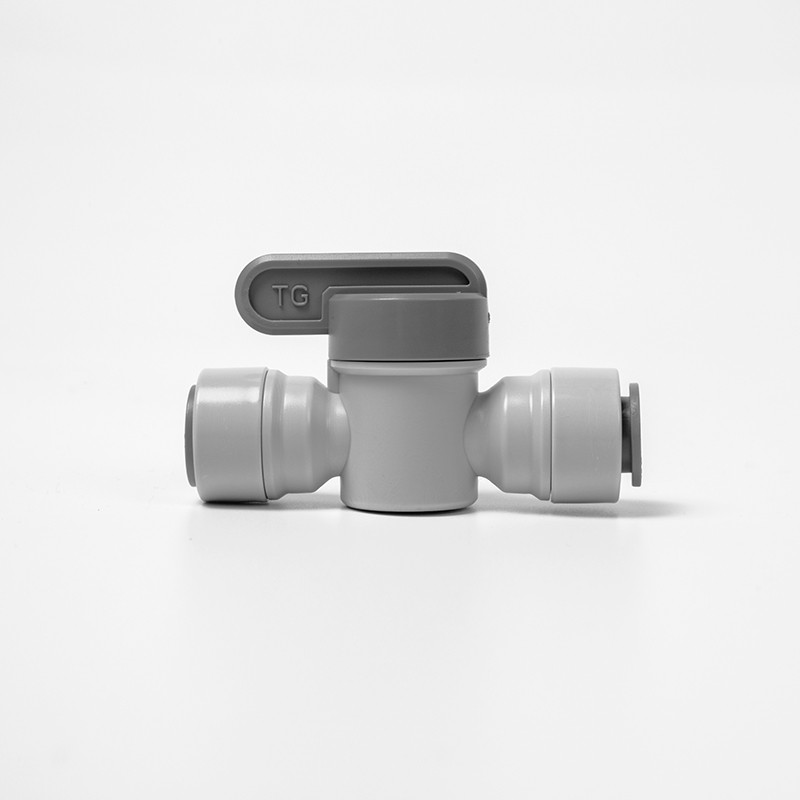
Another potential downside of using plastic push fit fittings on copper pipe is the risk of degradation over time. Plastic fittings can degrade when exposed to certain chemicals or high temperatures, which can weaken the fittings and lead to leaks or other issues. This can be a concern in areas where the plumbing system is exposed to harsh conditions, such as high temperatures or corrosive chemicals.
In conclusion, there are both pros and cons to using plastic push fit fittings on copper pipe. While these fittings offer convenience and ease of installation, there are also potential risks to consider, such as the possibility of leaks and degradation over time. Before deciding whether to use plastic push fit fittings on copper pipe, it is important to weigh the benefits and drawbacks and consider the specific needs of your plumbing system. By carefully evaluating these factors, you can make an informed decision about whether plastic push fit fittings are the right choice for your plumbing project.
Step-by-Step Guide on How to Properly Install Plastic Push Fit Fittings on Copper Pipe
Plastic push fit fittings have become increasingly popular in the plumbing industry due to their ease of use and quick installation process. However, many DIY enthusiasts and homeowners may wonder if it is safe to use plastic push fit fittings on copper pipes. The short answer is yes, you can use plastic push fit fittings on copper pipes, but there are a few important considerations to keep in mind to ensure a proper and secure installation.
First and foremost, it is crucial to make sure that the copper pipe is clean and free of any debris or corrosion before attempting to install a plastic push fit fitting. This can be done by using a pipe cleaning tool or sandpaper to remove any dirt, grease, or oxidation that may prevent the fitting from sealing properly. It is also important to ensure that the end of the copper pipe is cut cleanly and squarely to ensure a tight fit with the push fit fitting.

| Model | Tube(a) | Stem(b) |
|---|---|---|
| 1801-A | 1/4 | 1/4 |
| 1801-C | 1/4 | 3/17 |
Once the copper pipe is clean and properly prepared, the next step is to choose the correct size and type of plastic push fit fitting for the job. It is important to match the size of the fitting to the size of the copper pipe to ensure a proper seal. Additionally, it is recommended to use fittings that are specifically designed for use with copper pipes to ensure compatibility and prevent any potential issues down the line.
When installing a plastic push fit fitting on a copper pipe, it is important to follow the manufacturer’s instructions carefully to ensure a proper and secure installation. This typically involves inserting the copper pipe into the fitting until it reaches the internal stop, which helps to create a watertight seal. It is important to push the pipe all the way into the fitting to ensure a secure connection and prevent any leaks.
Once the copper pipe is properly inserted into the plastic push fit fitting, it is important to test the connection for leaks before covering it with any insulation or drywall. This can be done by turning on the water supply and checking for any signs of water leakage around the fitting. If any leaks are detected, it may be necessary to reinsert the copper pipe into the fitting or replace the fitting altogether to ensure a proper seal.
In conclusion, it is possible to use plastic push fit fittings on copper pipes, but it is important to follow the proper installation procedures to ensure a secure and leak-free connection. By properly preparing the copper pipe, choosing the correct fitting size, and following the manufacturer’s instructions, homeowners and DIY enthusiasts can successfully install plastic push fit fittings on copper pipes with confidence. Remember to always test the connection for leaks before covering it up to prevent any potential issues in the future. With the right tools and knowledge, installing plastic push fit fittings on copper pipes can be a straightforward and hassle-free process.

